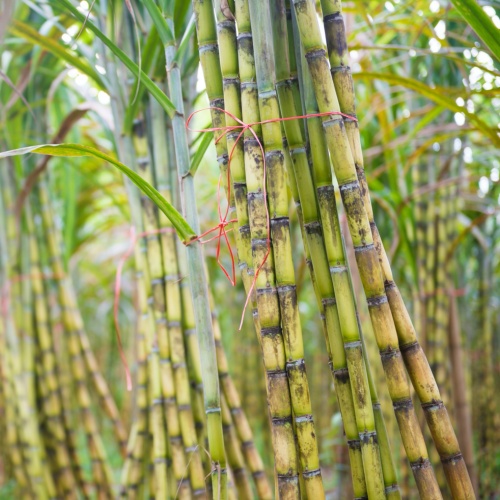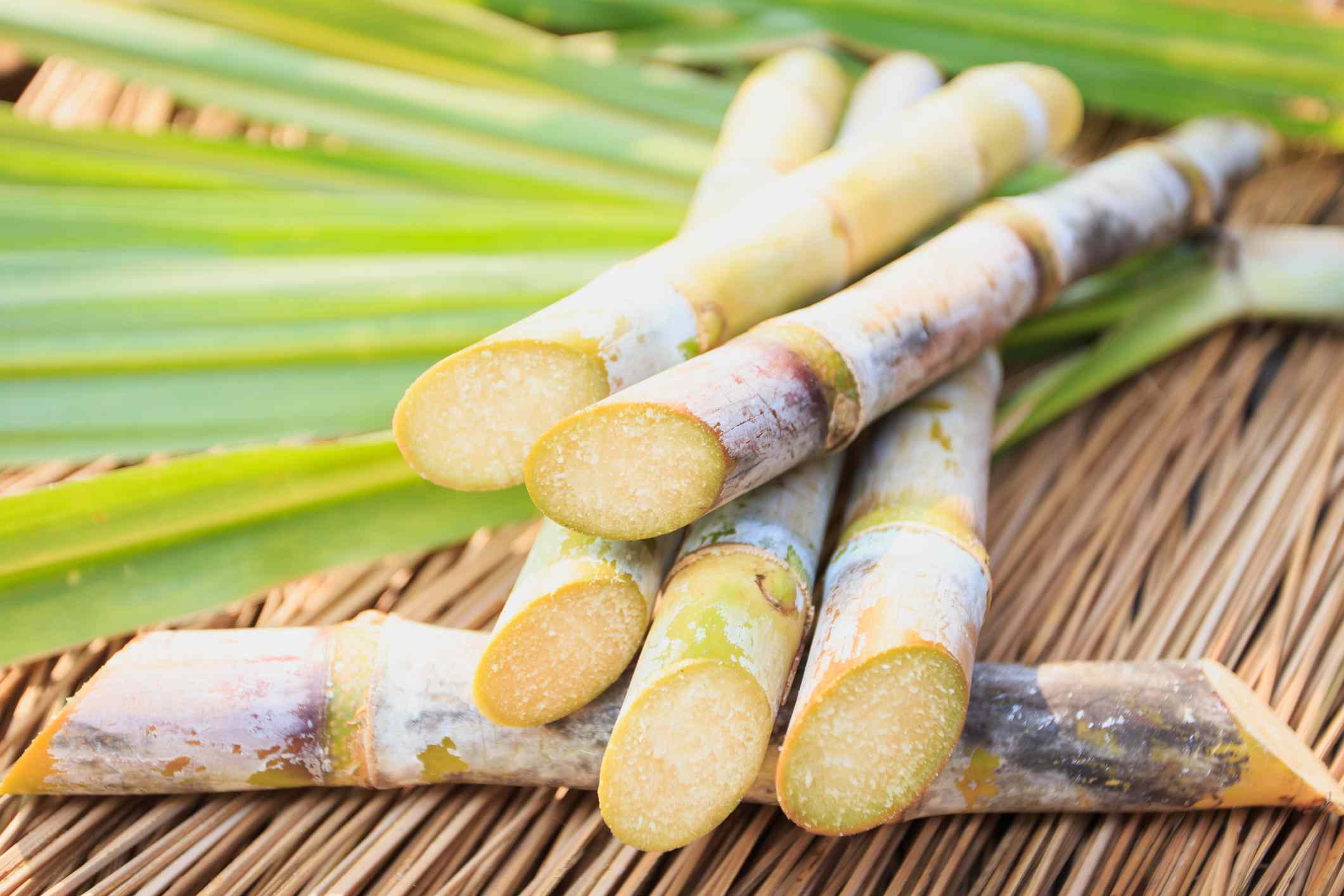Discovering the Comprehensive Tips Included in Walking Cane Sugar Handling From Harvesting to Refinement
The procedure of cane sugar manufacturing encompasses a collection of intricate actions, beginning with the careful harvesting of sugarcane and culminating in the refinement phases that ensure the final product satisfies industry requirements. Each phase, from the extraction of juice to the purification and crystallization procedures, plays a crucial duty in determining the quality and character of the sugar.
Harvesting Sugarcane
Harvesting sugarcane is a crucial action in the walking stick sugar processing chain, as it directly affects the high quality and yield of the end product. Proper timing and methods are vital throughout this stage to guarantee ideal sugar material and lessen losses. Generally, sugarcane is collected when it gets to maturity, typically 12 to 18 months after planting, characterized by a high sucrose focus.

Post-harvest, the sugarcane must be refined swiftly to prevent sucrose degradation. Preferably, gathered walking stick should be carried to processing centers within 1 day to protect sugar quality. For that reason, efficient logistical preparation is vital to maintain the integrity of the gathered plant throughout the supply chain.
Removal Process

The crushed walking cane goes through a series of pressing operations to maximize juice healing. Generally, warm water is splashed onto the smashed cane, producing a countercurrent circulation that assists liquify the sugar while also aiding in the removal procedure. The juice gathered from this procedure contains not just sugar but additionally numerous organic compounds and impurities.

To enhance extraction effectiveness, some facilities may utilize diffusion methods, where the sugarcane is taken in warm water, enabling the soluble sugars to diffuse right into the liquid. The resulting juice, rich in sucrose, is then guided to succeeding handling phases, laying the structure for filtration and refinement. The extraction process is therefore crucial in establishing the quality and yield of the last sugar product.
Filtration Strategies
The filtration techniques employed in walking stick sugar processing are crucial for transforming the raw juice into a premium sugar item. These methods largely aim to get rid of contaminations, such as soil, plant materials, and inorganic substances, which can negatively impact the last product's flavor and color.
One of one of the most usual purification techniques is clarification. This procedure includes including lime and warmth to the raw juice, which helps with the coagulation of impurities. The resulting precipitate is after that removed with sedimentation or purification, yielding a more clear juice. In addition, making use of phosphoric acid can improve the information procedure by additional binding pollutants.
One more considerable technique is carbonatation, where co2 is introduced to the made clear juice. This response generates calcium carbonate, which captures continuing to be impurities and promotes their elimination.
In addition, activated carbon treatment may be applied to adsorb any remaining colorants and natural pollutants, making sure a more polished item. The combination of these methods properly prepares the sugar juice for subsequent action in the refining process, establishing the phase for the manufacturing of premium walking cane sugar.
Condensation Techniques
After the purification stage, the following vital action in walking cane sugar processing entails formation methods, which play a pivotal role in transforming the cleared up juice into strong sugar. This process usually employs 2 primary methods: spontaneous formation and regulated formation.
In spontaneous condensation, supersaturated sugar solutions are enabled to cool naturally, leading to the development of sugar crystals over time. This method enables for the uniform development of sugar crystals and greater pureness.
During formation, the made clear juice is concentrated through evaporation, boosting its sugar content till it gets to supersaturation. Once this factor is click to read attained, either method can help with the crystallization process. Cane Sugar Processing. The resultant sugar crystals are after that separated from the staying syrup with centrifugation
Inevitably, the selection of formation approach affects the high quality, size, and pureness of the last sugar product, making this action necessary in the general walking stick sugar processing procedure.
Refinement and Packaging
Just how can the pureness and high quality of cane sugar be better boosted after formation? The improvement process plays a crucial duty in attaining top quality cane sugar. Following condensation, sugar goes through a thorough cleaning to eliminate contaminations and residual molasses. This is normally accomplished utilizing cozy water or steam, which assists liquify and remove unwanted aspects while preserving the sugar crystals.
Next, the sugar goes through a procedure called centrifugation, where it is rotated at broadband to divide the cleansed sugar crystals from the continuing to be fluid. After centrifugation, the sugar is often additional refined with an approach called carbonization or phosphatation, which utilizes turned on carbon or phosphoric acid to eliminate color and off-flavors.
When fine-tuned, the sugar is dried out to attain the desired moisture web content, making certain that it stays steady during storage and transport. The last action involves packaging the refined sugar in closed and moisture-proof containers to keep its quality and stop contamination. Cane Sugar Processing. Appropriate packaging not just prolongs life span but also view publisher site helps with simple handling and distribution, making sure that customers receive sugar that meets the highest possible criteria of purity and top quality
Verdict
The thorough steps associated with walking stick sugar processing, from the careful harvesting of sugarcane to the detailed improvement and packaging stages, highlight the relevance of each phase in guaranteeing premium sugar production. Optimum harvesting strategies, effective removal approaches, and extensive filtration procedures jointly contribute to the last item's purity and security. The condensation and succeeding packaging methods better enhance the integrity and rack life of the sugar, highlighting the intricacy and accuracy inherent in this crucial farming industry.
The process of walking stick sugar manufacturing incorporates go now a series of detailed steps, starting with the cautious harvesting of sugarcane and culminating in the refinement stages that ensure the last product fulfills market standards. Preferably, collected cane ought to be transported to processing facilities within 24 hours to protect sugar top quality.In spontaneous formation, supersaturated sugar options are allowed to cool down naturally, leading to the development of sugar crystals over time - Cane Sugar Processing. The refinement process plays an important duty in attaining top notch cane sugar.The comprehensive actions included in cane sugar processing, from the careful harvesting of sugarcane to the intricate improvement and product packaging phases, highlight the value of each stage in making sure high-grade sugar manufacturing